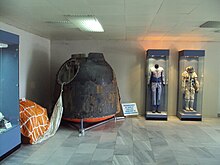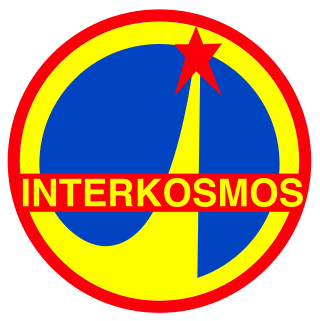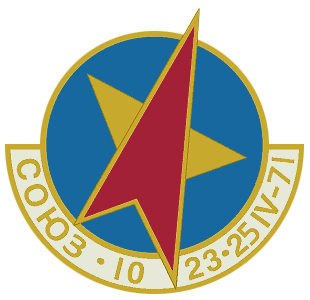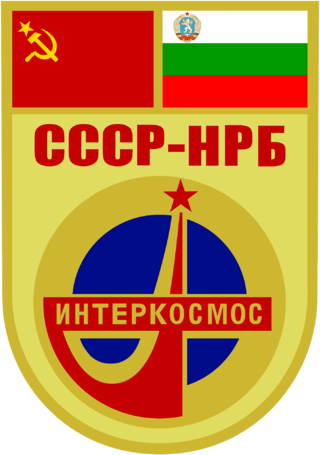Background
The launch of Sputnik 1 in October 1957 provided impetus for the first steps of space research in Bulgaria. Radio signals from the satellite were studied by the Ionospheric Radio Measurement and Control Centre, established the previous year. A station for optical tracking of Sputnik 1 was set up in November 1957 on Plana mountain. [1] Influenced by these events and publications of the International Astronautical Federation, engineer Georgi Asparuhov and Bulgarian Air Force captain Docho Haralampiev decided to introduce the wider public to the topic of space exploration. Haralampiev was also convinced that if a human were to fly in space next, the candidate had to be a pilot in excellent physical and mental condition. The two initiated a series of meetings with Bulgarian Army generals, pilots, aviation doctors, engineers, Bulgarian Communist Party members and Bulgarian Academy of Sciences representatives. [2]
As a result, the first dedicated space research body in Bulgaria, the Astronautical Society (BAS), was established in Sofia on 8 December 1957. [3] The rigid legal environment at the time prevented it from being formed as an independent entity, and it was initially organised as an Astronautics Section of the Defence Assistance Organisation. [2] Shortly after the Society's establishment, dozens of engineers and workers from the recently closed Factory 14 became members of the BAS. [4] The Society joined the International Astronautical Federation in 1958. In 1959, the first Bulgarian book on human spaceflight, The Human Organism and Interplanetary Flight, was published. [4]
The intensity of the Space Race increased further after Yuri Gagarin became the first human in space. In 1964, Bulgarian Air Force commander-in-chief Lt. Gen. Zahari Zahariev discussed with Soviet defence minister Rodion Malinovsky the possibility to send four Bulgarian pilots, the Stamenkov brothers, into space. Malinovsky did not consider the request a serious one, especially given the lack of Soviet spacecraft that could carry all four of the brothers. [5] The Soviet Union established its own body for international cooperation in space research, known as the Interkosmos council, in May 1966. As a Communist Bloc state, Bulgaria became one of its founding members. [6]
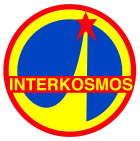
Bulgarian leader Todor Zhivkov subsequently ordered the establishment of the National Committee for the Research and Utilisation of Space (NCRUS) in February of the following year. NCRUS became a member of the Interkosmos council in April. By the end of 1967 the Committee adopted a programme of activities that included the development of joint Soviet-Bulgarian satellite instruments and studies on human physiology in microgravity. [7] Space activities were further concentrated under the Group of Space Physics under the Academy of Sciences in 1969, which became the Central Laboratory of Space Research (CLSR) in 1974. [8]
Bulgaria became actively involved in all components of Interkosmos. Instruments were placed in Vertikal sounding rockets, several satellites of the Interkosmos series, and ground control activities were carried out in cooperation with the Soviet Union and other Communist countries of the programme. [9] Bulgarian participation in crewed Interkosmos missions was part of the programme's broader Soviet objective of assisting Communist bloc countries in space research. [9] Furthermore, Interkosmos member countries were largely relieved of financial costs as the USSR virtually financed all R&D activities, flights and technology sharing. Member states only financed specific experiments in which they were interested. When the decision to extend Interkosmos cooperation to human spaceflight was taken in 1976, selection of candidates was made easier by nearly a decade of cooperation before that. [9]
